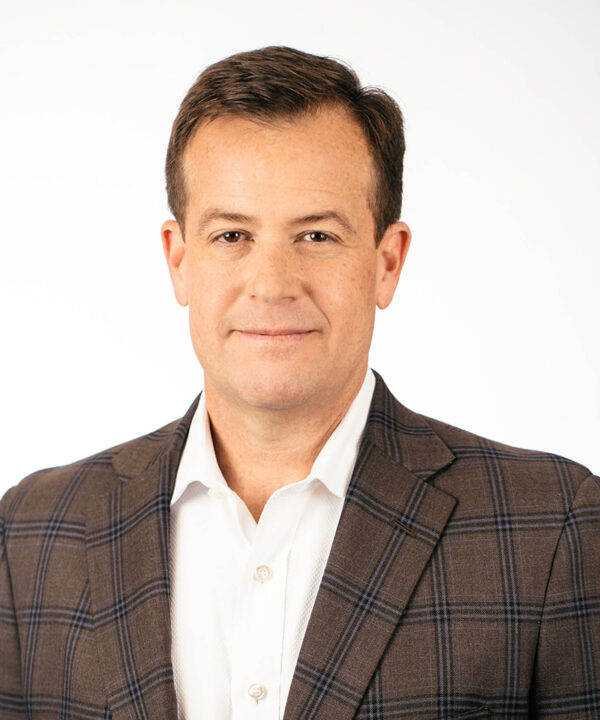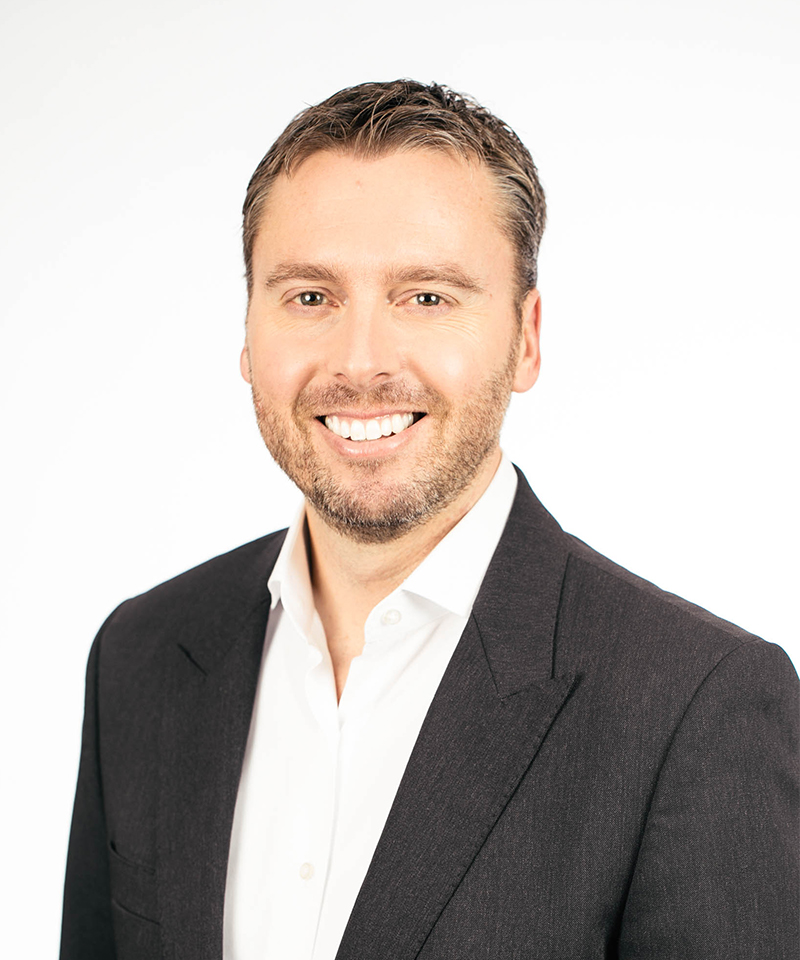A Year in Review: COVID-19 Lessons Learned from Premise Health Executives
The first COVID-19 case was reported in the United States on January 21, 2020. The country declared a public health emergency on February 3, and in the following weeks businesses closed their doors, passengers stopped boarding flights, and many employers sent their employees home and adopted a remote working environment.
For a majority of businesses, the decision to send employees home to keep them safe was made in March, and as our country approaches the one-year mark since that unique shift, leaders are reflecting on what they learned during such a challenging, divisive year. We sat down with Premise Health’s executive team to gather their lessons learned in 2020 and how the outcome is driving the company forward.

Stuart Clark, Chief Executive Officer
Premise’s CEO recognizes many generations have gone through challenging times before, but believes none have experienced the strong “before and after” impact that the pandemic has had through economic contraction, collapsing household incomes, health crises, and fear of one’s possible mortality. Throughout everything that happened in the course of 12 months, he found two key principles were reinforced.
“For employers, it’s important to rally around a team-first mission in times of crises. Teams that don’t share a common bond of mission and trust – both are required – will collapse quickly when encountering a black swan like a public health crisis,” he explained. “It’s also key to find routines that enable mental and physical resiliency, because mind and body are very much connected. Finding effective routines should be accomplished before you need them, so it’s important to spend time refining your routines in anticipation of needing them when it counts most.”
As our country begins to turn a corner and there is talk about what returning to a new-normal will entail, Clark is hopeful for what is to come in 2021.
“The country will never be the same. However, there is plenty of reason for optimism,” he expressed. “Companies are hiring again, vaccinations are being administered at a staggering speed of over two million per day, and for the first time in a year, there is real hope. I for one have never been more optimistic about our economy and our country.”

Jami Doucette, MD, MBA, CSCS, President
For Premise president Jami Doucette, the crisis situation caused by the pandemic drove home how important diversification and adaptability is for any business to survive during an unexpected and challenging situation.
“The pandemic threw a wrench into many businesses – some have failed, some have thrived, and some has just barely survived. Where organizations landed in those three categories is dependent on the inherent diversity of the business and the business’ ability to adapt,” he explained.
Doucette found that businesses that were 100% reliant on work directly impacted by the pandemic had a more difficult time compared to those diversified in the industries they served, the products they delivered, and the method of execution.
“Airlines are an easy one here, but the supply chain makes for an interesting case study,” he said. “Companies in the aviation supply chain that exclusively served the aviation industry have suffered just like the airlines, but companies that served aviation in addition to the auto and medical device industries saw those business segments more than make up for aviation lost business.”
As far as adaptation, businesses that were able to adapt their model, such as restaurants pivoting to take out or delivery, were able to perform better than businesses that were incapable or unwilling to adapt.

Shannon Farrington, Chief Financial Officer
Through the hard work of Farrington and her teams, Premise was able to make strides during a financially challenging year.
“The most successful teams come together during a crisis for the overall good, which was the case for us during 2020 – Premise rallied for our members, clients, team members, and our company,” she said. “Creating efficiencies, especially in a remote environment, was a key to success for us. Early on it seemed difficult with everyone working from home, but we learned that a remote workforce could work just as efficiently as an in-office workforce.”
When things got particularly challenging during the height of the pandemic, Farrington remained optimistic and found the silver lining to keep her teams motivated.
“Adverse conditions create opportunities for disruption and creativity, which all of our teams really played into over the past year. Our success was also strengthened by our commitment to transparency in everything we were doing, which led to positive outcomes for us,” she explained.

Beth Ratliff, Chief Operating Officer
As chief operating officer, Ratliff was faced with keeping onsite health centers functioning in ways that were safe for team members while maintaining high-quality care for members. To do so required the flexibility and commitment of her teams across the country.
“I really learned that teams function at their best when they are inspired by a purpose-driven mission; are diverse, empowered, and culturally aligned with shared characteristics of tenacity, fearlessness, and respect; receive frequent and transparent communication; are accountable for hyper-focused objectives and defined deadlines; and leverage trust to achieve agility and speed in a rapidly changing environment,” she listed.
While organizations, communities, and families experienced unprecedented changes in their day-to-day experiences, Ratliff found one thing stayed consistent throughout the year.
“Our clients want convenient access to healthcare, high-quality experiences, clinical quality outcomes, and extreme value, none of which changed during the pandemic. What did change was how we achieved those client objectives,” Ratliff explained. “Expectations were heightened, so we did everything we could to meet them, from pivoting to virtual care and launching COVID-19 products to standing up COVID-19 help hotlines and proactively providing medications for quarantined members.”

Jonathan Leizman, MD, Chief Medical Officer
In reflecting on his year, Dr. Jon Leizman found that many of his takeaways were lessons we’ve learned many times before, but sometimes need to be reminded of from time to time. Unfortunately, those lessons felt like what he described as a “slap in the face.”
“Life is fragile,” he said. “As a country, we need one another. We’re far better when we’re unified and working together than we are fractured and fighting. Those lifestyle medicine pillars of nutrition, exercise, sleep, social connectedness, outdoor activity, avoiding illicit drugs, tobacco, and alcohol have been key to preserve our wellbeing.”
And despite the challenges and heartbreak felt throughout the healthcare industry in 2020, Leizman remains optimistic about his profession.
“It remains a privilege and a pleasure to work in healthcare. Woven deep into the fabric of America is this constant sense of renewal that fuels optimism, hope for change, and innovation, all of which have spawned the development of vaccines, treatments, and ways forward,” he said.

Haden McWhorter, Chief Information Officer
Based in Nashville, McWhorter recalls a town that seemed like it took a beating in 2020, between deadly tornados in March, the COVID-19 pandemic, and the downtown bombing on Christmas morning.
“2020 was a year filled with lows, but that also brought us the opportunity to challenge ourselves and grow both personally and as a community,” he said.
One of the ways he grew as a CIO was through revisiting the importance of business continuity and disaster recovery.
“The basic blocking and tackling of technology and security are extremely important, and I’m fortunate to have a chief executive officer and chief financial officer who trusted our teams to build infrastructure and perform exercises over the years,” he said. “This allowed us to build the frameworks that were able to support sending everyone in our corporate headquarters in Nashville home overnight. We had models in place for purchasing internet bandwidth and licenses that would positively impact productivity and had pre-signed those agreements so once a metric was hit the order went through and work did not slow.”
McWhorter attributed Premise’s ability to quickly pivot to the level of preparedness and development of business continuity and disaster recovery plans over the years. “Who knows where we would be without them,” he said.

Joey Johnson, Chief Information Security Officer
In his role, Johnson and his team were faced with the challenge of pivoting thousands of team members to a work-from-home environment, no small feat for a company of any size. Through that shift, the CISO learned several security implications of having team members working from home.
“Organizations were at different levels of technical readiness to pivot folks to a work-from-home model, but what many organizations didn’t anticipate was the degree to which their workforce would be using technology platforms completely independently of those provisioned by the company,” he explained. “Working from home was a forced catalyst and caused people to solve collaboration and communication needs seemingly on their own, which created a massive data sprawl into ungoverned areas.”
The new technology employees were using to help them work more efficiently in a remote environment created pain points, which meant organizations had to quickly govern how those new and existing technologies were being used.
“In provider healthcare, for example, many clinical workforce members were not acclimated to being in front of a screen for over eight hours a day, which made them leverage collaboration platforms in ways they hadn’t been doing so before,” Johnson said. “Some of those platforms were used in ways where sensitive governed data assets, like protected health information (PHI), could be used, stored, or processed in unanticipated ways, which introduces a significant business risk.”

Elizbeth Reimer, PHR, SWP, Chief Human Resources Officer
With the constant change that came with 2020, Reimer learned that reminding herself and her teams of what was constant provided a needed sense of normalcy.
“Our core values remained constant, no matter what was going on in the world – our thinking, our behaviors, and the way we work,” she said. “In retrospect, that’s what determined our success. As the pace of change and uncertainty accelerated, our leadership team learned we didn’t have to run faster but instead needed to lead smarter.”
In the span of the past 365 days, these are only a handful of lessons learned from our executives. Interested in reading more? Check out part two of our COVID-19 year in review series with key takeaways from our leaders.
Next on industry insights.

[UPDATED] COVID-19: Screening and Testing Best Practices
Read the Blog
What Employers Need to Know About President Biden’s Path Out of the Pandemic COVID-19 Action Plan
Read the Blog